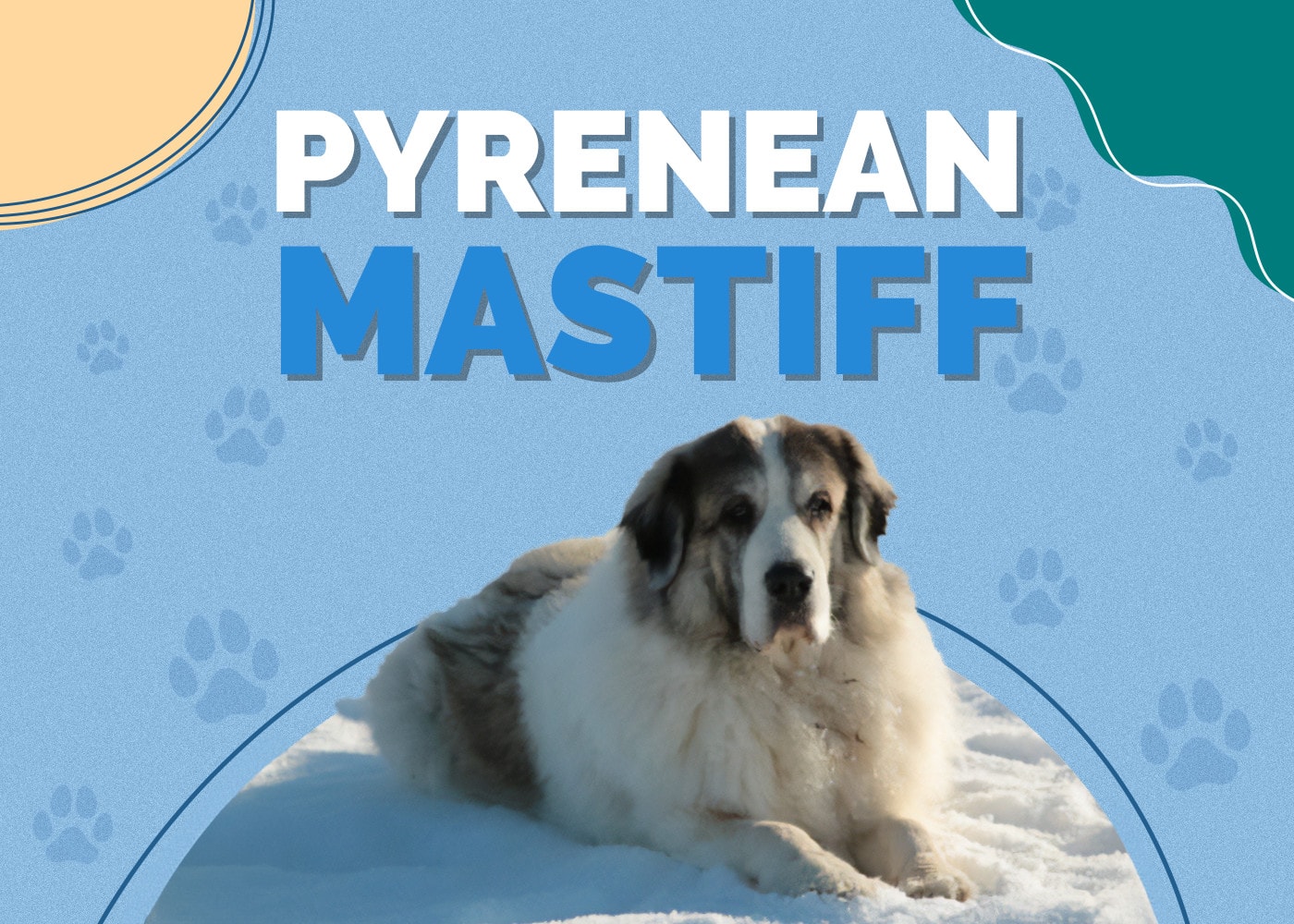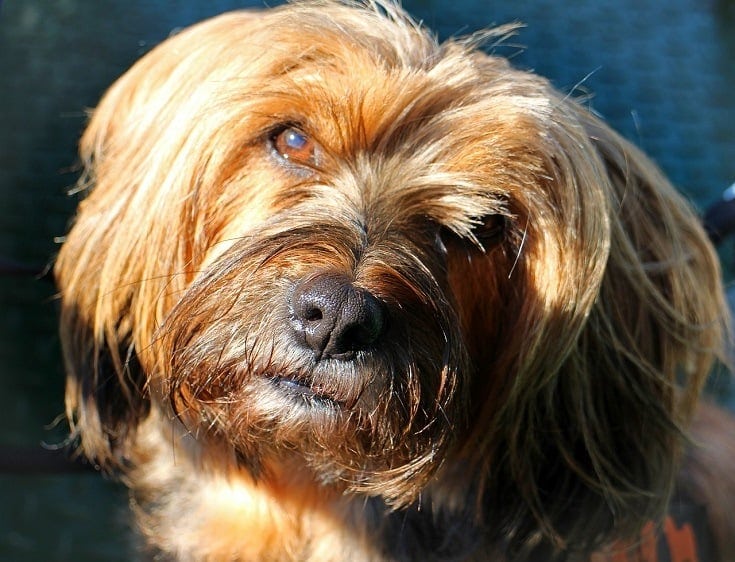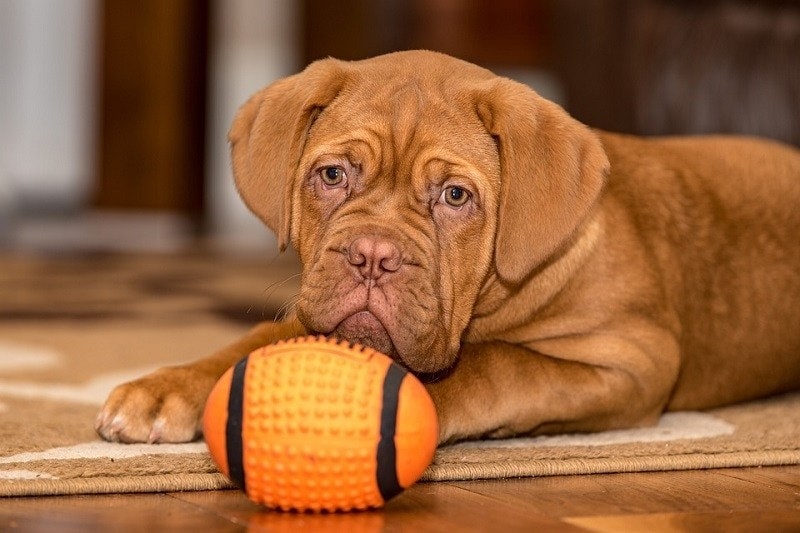German Spitz vs Pomeranian: What Are the Differences?

Updated on
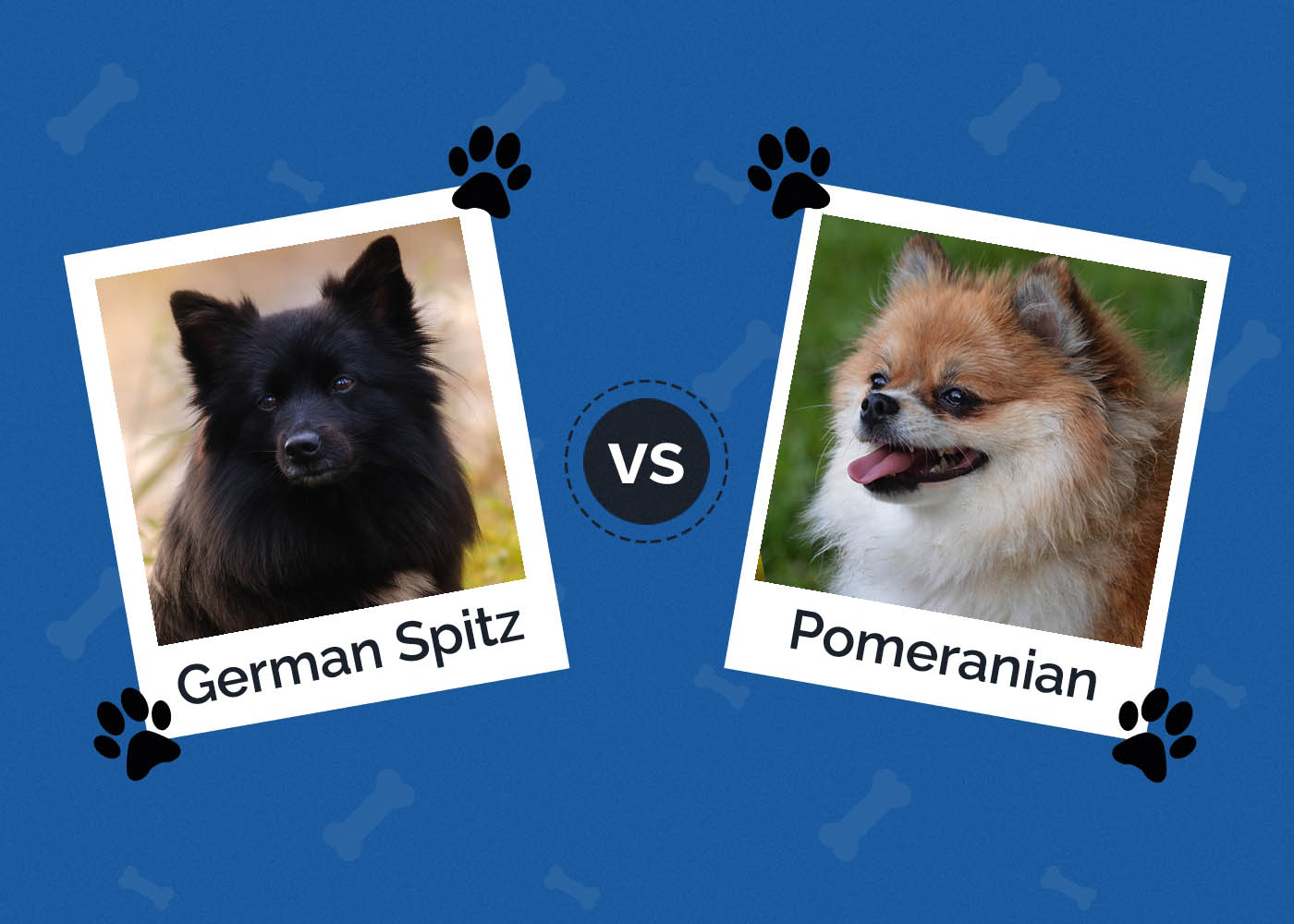
There are many dog breeds that are similar to one another, especially if they’re from the same dog group type. This is especially true for German Spitz dog and Pomeranians, two breeds that come from the Spitz family. At first glance, it may seem like German Spitz dogs and Pomeranians are the same dog breed. However, the German Spitz dog and the Pomeranian have key differences that make them separate breeds.
Let’s take a look at both Spitz breeds to see what makes them different:
*Note: In this article, we are talking about the German Spitz breed, not the German Spitz group of dog breeds. Pomeranians fall under the Spitz family.
Visual Differences
A Quick Overview
- Average Height (adult): 12–16 inches
- Average Weight (adult): 20–29 pounds
- Lifespan: 13–15 years
- Exercise: 2+ hours/day
- Grooming needs: Medium
- Family-friendly: Yes
- Dog-friendly: Depends on the individual dog
- Trainability: High intelligence, medium-level stubbornness
- Average Height (adult): 7–12 inches
- Average Weight (adult): 3.5–7.5 pounds
- Lifespan: 12–15 years
- Exercise: 1+ hours/day
- Grooming needs: Medium
- Family-friendly: Yes
- Dog-friendly: Sometimes
- Trainability: high intelligence, medium-high stubbornness, can be difficult to housebreak
 German Spitz vs Pomeranian
German Spitz vs Pomeranian
German Spitz
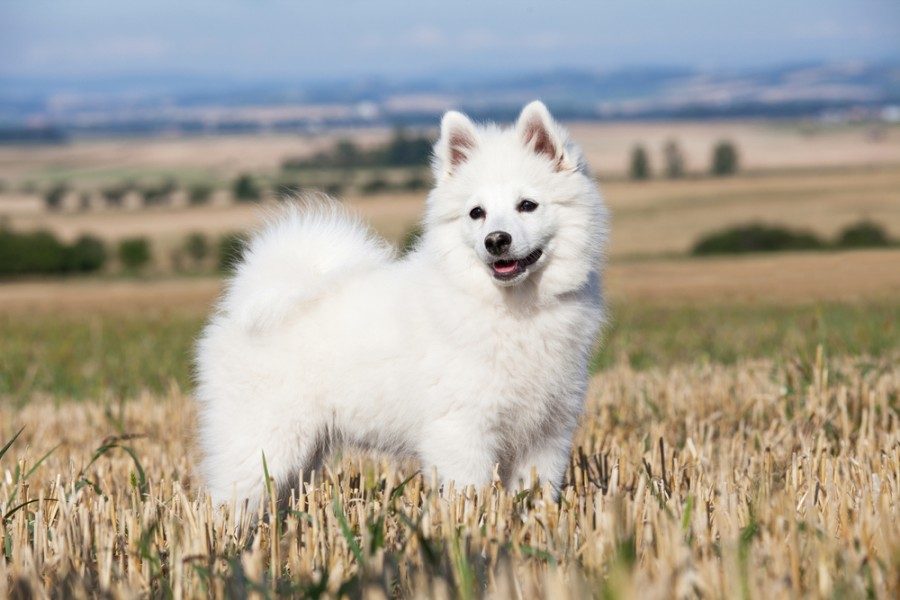
One of the oldest dog breeds today, German Spitz dogs were originally bred as watchdogs to protect farmers and fishermen as they worked. Very active and vocal, German Spitz dogs are known for their hand in creating many popular breeds that we love today, including Pomeranians and Keeshonds. During the 1930s, German Spitz dogs that were imported to the U.S. were renamed American Eskimo Dogs.
However, German Spitz dogs and American Eskimo Dogs today are vastly different breeds and are no longer considered the same breed. Today, most German Spitz dogs are considered to be other breeds, but they are recognized by the German and French kennel clubs to be their own breed.
Pomeranian
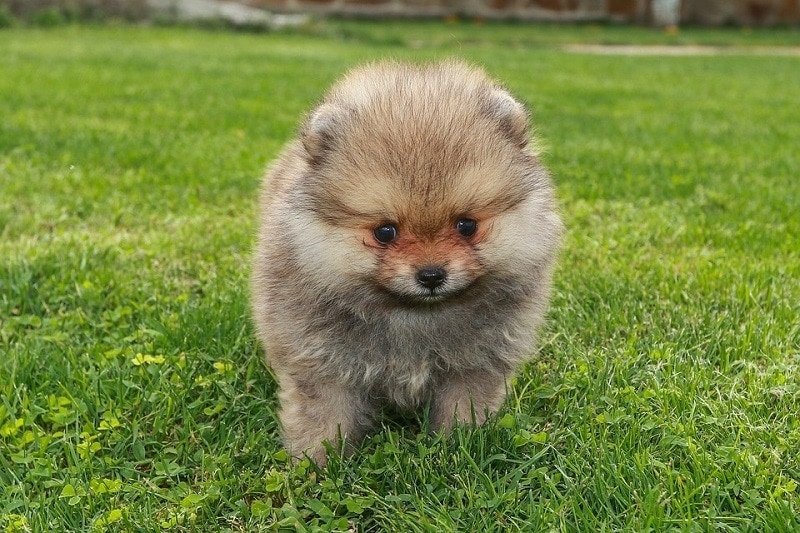
Pomeranians originated in the small region of Poland and Germany’s border called Pomerania, which they were named after. In the late 1880s, many royals were enamored by these small Spitz dogs, and quickly became popular. Queen Victoria was known for her unusually small Pomeranian and became involved with the further development of this breed, which decreased in size by nearly half due to her influence.
Today, Pomeranians are toy-sized dogs that no longer look identical to their German Spitz ancestors.
 Temperament
Temperament
German Spitz
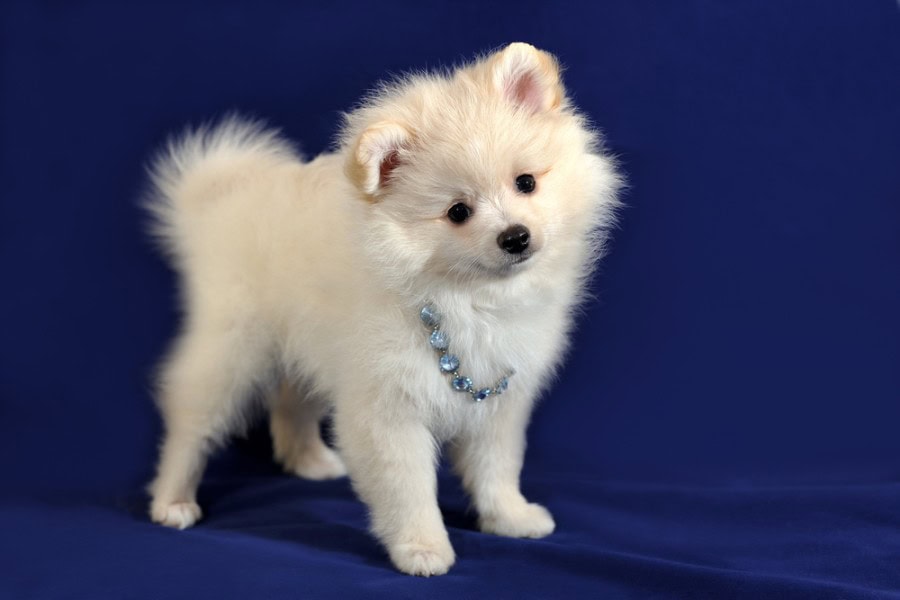
German Spitz dogs were bred for working and guarding, so they’re naturally active and alert dogs. Known for their protectiveness, German Spitz dogs are highly vocal and will bark at the sight or sound of strangers. They’re highly intelligent and trainable, but these dogs are very self-aware and tend to be stubborn when they’re with inexperienced handlers.
With early socialization and proper attention, German Spitz dogs can make excellent family dogs while providing a little extra security.
Pomeranian
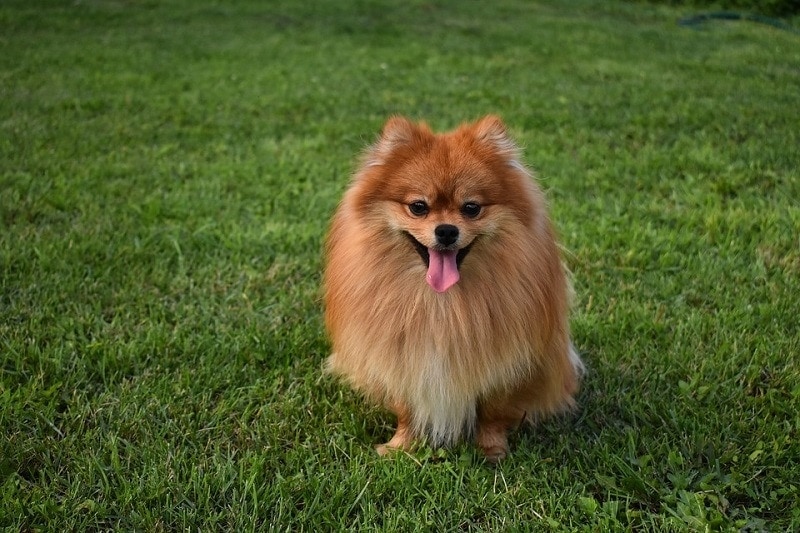
Pomeranians are a great example of small dogs with big dog mindsets, and they’ll gladly prove it to anyone. Descended from German Spitz dogs, Pomeranians are also quite vocal and will bark excessively if given the chance. Pomeranians are known for their companionship and are less active than German Spitz dogs, so they’re great for individuals looking for a smaller Spitz breed.
While they’re highly intelligent and can excel in obedience, Pomeranians are notorious for being relentlessly stubborn.
Training
German Spitz
German Spitz dogs are very aware of what’s going on, so training needs to be super fun and exciting. If they think they’re being tricked, these dogs will immediately become stubborn and will refuse to listen. Remaining calm and patient is key to successfully training these working dogs, using positive reinforcement training with a variety of food-based rewards.
German Spitzes are natural watchdogs, so excessive barking will be an issue if they’re not trained to stop early on. Early socialization is also crucial for this breed, but they may still bark at new people due to their instincts.
Pomeranian
Pomeranians are known for being difficult to housebreak for a number of reasons, so potty training needs to start from day one. Poms are sensitive dogs that directly respond to their owner’s tone of voice, so any harsh training methods will only create bossy, stubborn dogs. Positive reinforcement training with food-based rewards on a consistent schedule is recommended, with an emphasis on excessive bark control.
Although they’re not people-aggressive by nature, Pomeranians still need to be socialized early to establish healthy people relationships.
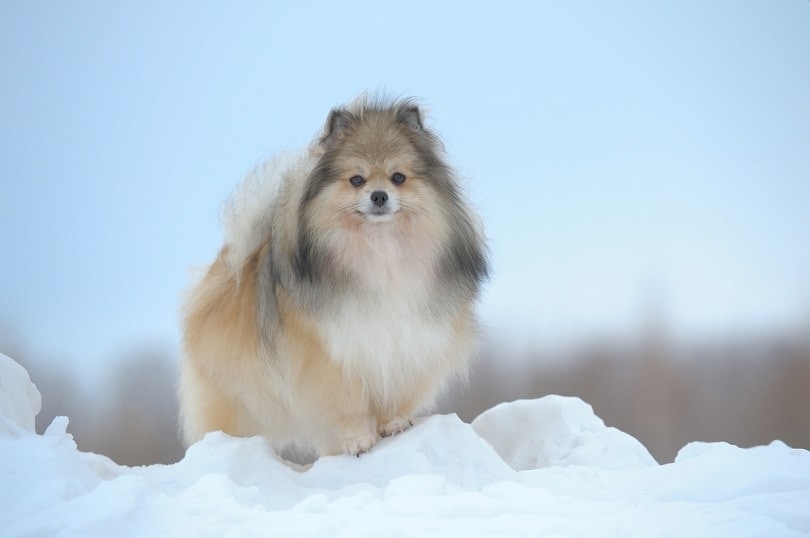
Exercise
German Spitz
Exercising German Spitz dogs is essential to their mental and physical health, especially due to their origin as a working breed. A few brisk walks a day and at least two hours of off-leash playtime might be enough, but each dog varies with its own needs. Because German Spitz dogs are natural athletes, there are a lot of canine sports like agility or Schulz Hund that they can excel in. They also need mental stimulation daily, which will help build their confidence.
Pomeranians
Unlike most “classic” toy breeds, Pomeranians are quite active and will need a little more exercise than the average lapdog. A few small, but fast-paced walks and an hour of interactive play should be enough, though Pomeranians have no problem demanding more. Although they’re tiny dogs, Pomeranians can compete and excel in a variety of canine sports and activities if given the chance. However, once they’re fully exercised and done for the day, Pomeranians will gladly park themselves on the nearest lap.
Grooming ✂️
German Spitz
German Spitz dogs have double-layered coats to protect them from the elements when they were still in the Arctic, so their coats need a moderate amount of maintenance. Frequent brushing of the coat will help remove any matting or tangles, as well as help with any excessive shedding. It’s important not to overdo bathing with Pomeranians since their skin is very sensitive and can cause irritation. Their nails also need to be trimmed once a month, or on an as-needed basis.
Pomeranians
Pomeranians also have double-layered coats, so they’ll need frequent brushing out as well. Brushing the coat once a week at a minimum will help remove tangles and debris, while also helping remove loose fur trapped in the coat. As with German Spitz dogs, take care not to over-bathe Poms since their skin is even more sensitive and can lead to painfully dry skin. Trimming their nails will need to be done on a monthly basis, or more frequently if they’re not active enough to naturally trim them down. Because Poms are prone to dental issues, a tooth brushing routine will also be essential for their health.
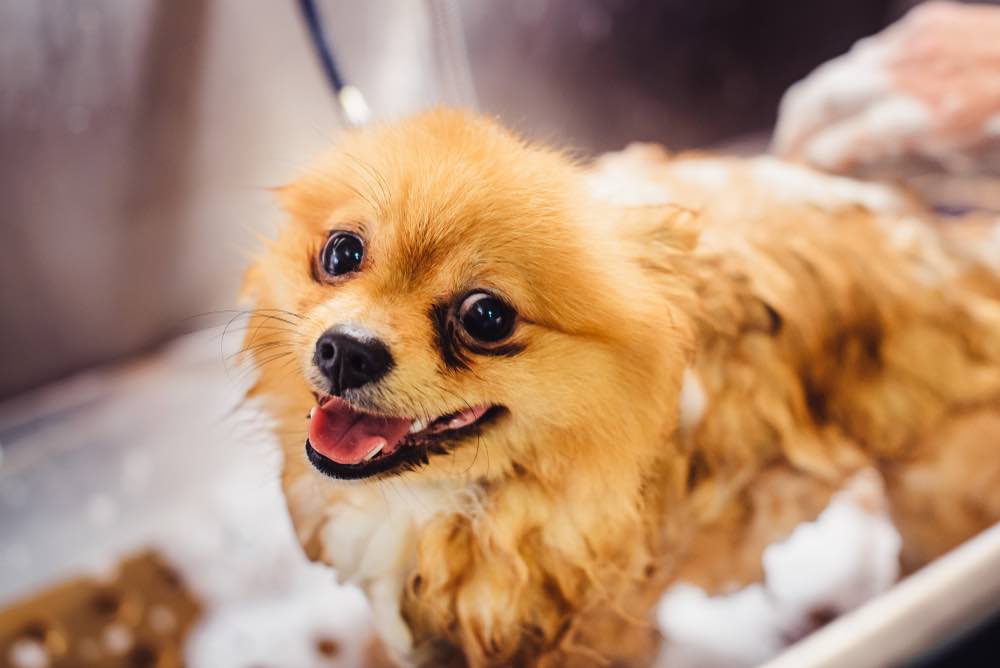
Health Conditions
- Progressive Retinal Atrophy
- Patellar Luxation
- Retinal Dysplasia
- Dry/Irritated Skin
- Progressive Retinal Atrophy
- Alopecia X
- Patellar Luxation
- Tracheal Collapse
- Dental Issues
- Obesity
Final Thoughts
German Spitzes and Pomeranians may have their similarities, but there are key differences that make them separate breeds. While they may share Spitz traits and even look similar, Pomeranians and German Spitzes have different needs that make one better suited for some families and individuals than the other.
For those looking for a bigger, more active, and alert Spitz-type dog, the German Spitz is an ideal choice. For those who are living in an apartment and want a slightly less active dog, the Pomeranian is the best option.
See Also:
- Japanese Spitz vs Pomeranian: Choose the Right One For You
- Volpino Italiano vs. Pomeranian: Choose the Right One for You!
Featured Image Credit: (L) Vesna Kriznar, Shutterstock | (R) Trent Pickering, Unsplash

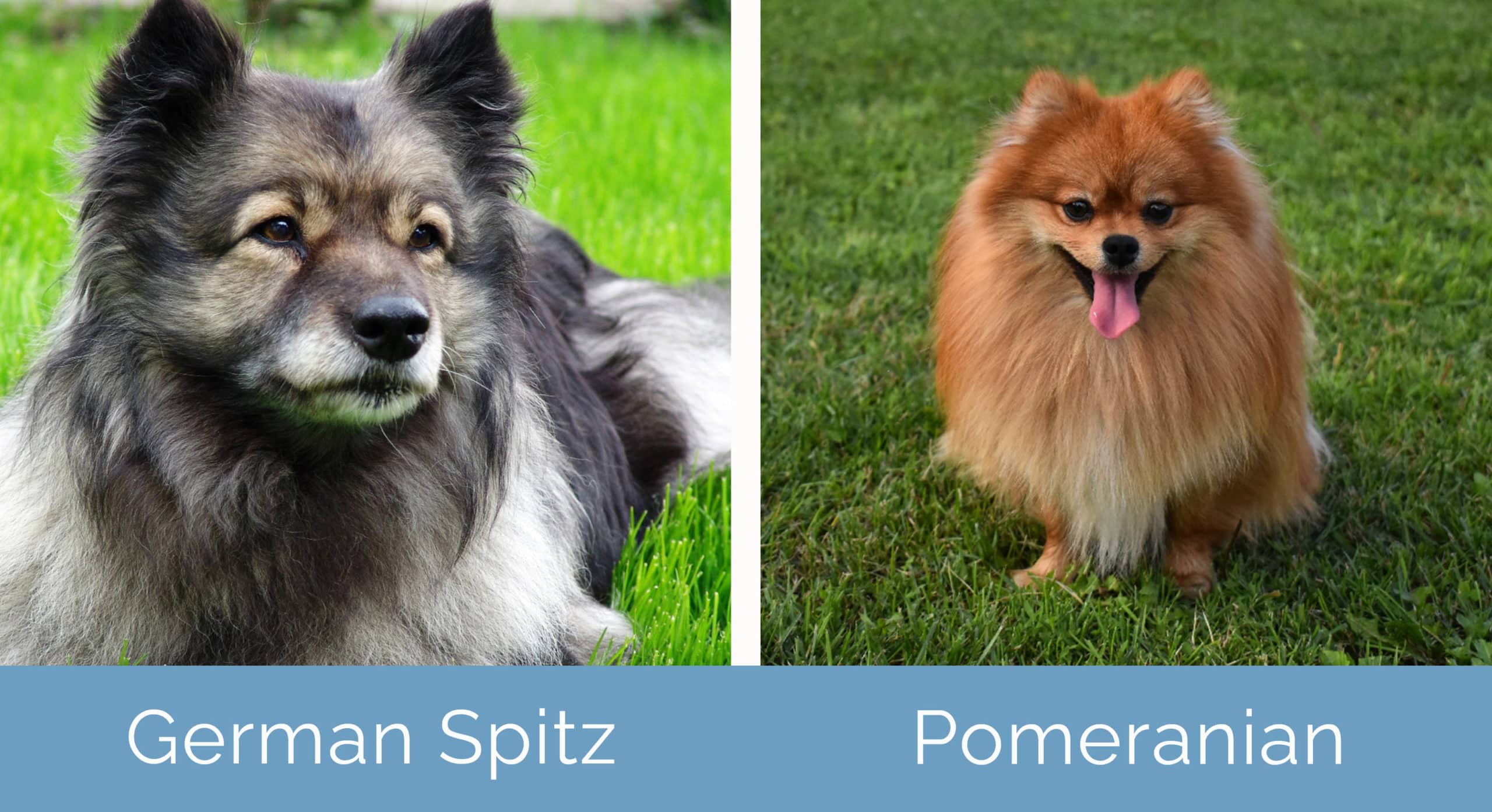
 German Spitz vs Pomeranian
German Spitz vs Pomeranian Temperament
Temperament

